- Beauty & Skin Care
- Asthma
- Modafinil
- Urology Segment
- Thyroid Care
- Armodafinil
- HIV Medicines
- Weight Loss
- Naltrexone
- Anti Emetic
- Neuropathic Pain
- Mens Health
- Hair Loss
- Pain Relief
- HCG Injections
- Quit Smoking
- Pharmaceutical Vaccine
- Best Selling Products
- Anti Viral
- Bimatoprost
- Antibiotics
- Women's Health
- Cetaphil
- Botulinum
- Diabetes
- Human Albumin
- Anti Malarial
- Dermal fillers
- Chemical Peels
- Nephrology Segment
- Kidney / Liver Care
- Anti Cancer
- Altus Product's
- Pharmaceutical Products
- Anti Fungal
- Hepatitis
- Anti-Cancer
- Armodafinil
- Bimatoprost
- Botulinum
- Dermal Fillers
- Hepatitis
- Mens-health
- Modafinil
- Naltrexone
- ANTI EMETIC
- Altus Product’s
- Anti Fungal
- Anti Malarial
- Anti Viral
- Antibiotics
- Asthma
- Beauty & Skin Care
- Cetaphil
- Chemical Peels
- Diabetes
- Hair Loss
- HCG Injections
- HIV Medicines
- Human Albumin
- Kidney / Liver Care
- Neuropathic Pain
- Pain Relief
- Pharmaceutical Products
- Pharmaceutical Vaccine
- Quit Smoking
- Thyroid Care
- Weight Loss
- Women’s Health
- Beauty & Skin Care
- Asthma
- Modafinil
- Urology Segment
- Thyroid Care
- Armodafinil
- HIV Medicines
- Weight Loss
- Naltrexone
- Anti Emetic
- Neuropathic Pain
- Mens Health
- Hair Loss
- Pain Relief
- HCG Injections
- Quit Smoking
- Pharmaceutical Vaccine
- Best Selling Products
- Anti Viral
- Bimatoprost
- Antibiotics
- Women's Health
- Cetaphil
- Botulinum
- Diabetes
- Human Albumin
- Anti Malarial
- Dermal fillers
- Chemical Peels
- Nephrology Segment
- Kidney / Liver Care
- Anti Cancer
- Altus Product's
- Pharmaceutical Products
- Anti Fungal
- Hepatitis
No products in the cart.
Return To Shop$43.59 – $96.15Price range: $43.59 through $96.15
Glycomet-GP 1 Forte Tablet (Glimepiride 1mg / Metformin 1000mg)
Glycomet-GP 1 Forte Tablet SR belongs to a category of medicines known as anti-diabetic drugs. It is a combination of two medicines used to treat type 2 diabetes mellitus in adults. It helps control blood sugar levels in people with diabetes.
Have questions?
Call : +91 9002 1002 33
Glycomet-GP 1 Forte Tablet (Glimepiride 1mg / Metformin 1000mg)
| COUNTRY OF ORIGIN | India |
|---|---|
| DOSAGE FORM | Tablets |
| GENERIC NAME | Glimepiride |
| INDICATION | Treatment of Type 2 diabetes mellitus |
| PACKAGING | 10 tablets in 1 strip |
| MANUFACTURER | USV Ltd |
| COMPOSITION | Glimepiride (1mg) + Metformin (1000mg) |
PRODUCT INTRODUCTION
Glycomet-GP 1 Forte Tablet SR belongs to a category of medicines known as anti-diabetic drugs. It is a combination of two medicines used to treat type 2 diabetes mellitus in adults. It helps control blood sugar levels in people with diabetes, glycomet-GP 1 Forte Tablet SR should be taken with food. Take it regularly at the same time each day to get the most benefit. Your doctor will decide what dose is best for you and this may change from time to time according to how it is working according to your blood sugar levels, keep taking this medicine, even if you feel well or your blood sugar levels are controlled.
If you stop it without consulting your doctor, your blood sugar levels could rise and put you at risk of kidney damage, blindness, nerve problems, and loss of limbs. Remember that it is only part of a treatment program that should also include a healthy diet, regular exercise, and weight reduction as advised by your doctor. Your lifestyle plays a big part in controlling diabetes.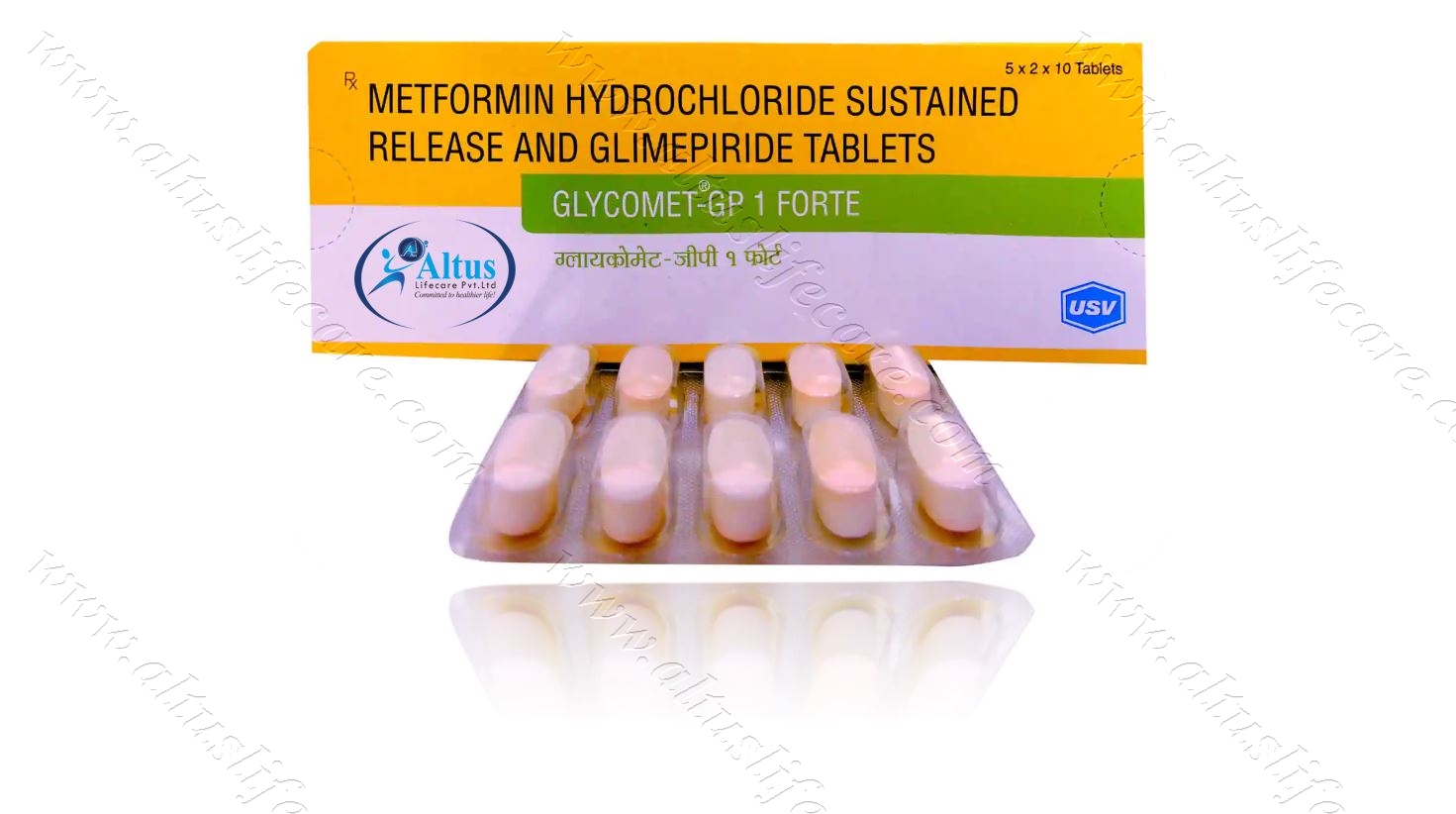
The most common side effect of Glycomet-GP 1 Forte Tablet SR is low blood glucose levels (hypoglycemia). Make sure you recognize the signs of having low blood glucose levels, such as sweating, dizziness, headache, and shaking, and know how to deal with it.
To prevent this, it’s important to have regular meals and always carry a fast-acting source of glucose such as sugary food or fruit juice with you. Drinking alcohol can also increase your risk of low blood sugar levels and should be avoided. Other side effects that may be seen on taking this medicine include taste changes, nausea, diarrhea, stomach pain, headache, and upper respiratory tract infection. Some people may find that they put on weight with this medicine.
You should not take it if you have type 1 diabetes mellitus, if you have diabetic ketoacidosis (high levels of acid in your blood), or if you have severe kidney or liver disease.
Before taking this medicine, tell your doctor if you have ever had heart disease. It may not be suitable. Pregnant or breastfeeding women should also consult their doctor before taking it. Your blood sugar levels should be checked regularly and your doctor may also advise blood tests to monitor your blood cell counts and liver function.
“Optimal Glycemic Mastery: Unlocking the Potential of Glimepiride 1mg and Metformin 1000mg Synergy”
This heading focuses on the collaborative effects of Glimepiride at 1mg and Metformin at 1000mg in achieving optimal glycemic control. The explanation would delve into how Glimepiride stimulates insulin release, and Metformin improves insulin sensitivity, working together synergistically to create a powerful combination for managing blood sugar levels effectively.
“Precision Dosage Dynamics: Navigating Glimepiride 1mg and Metformin 1000mg for Tailored Diabetes Control”
Here, the discussion revolves around the precision involved in selecting the dosages of Glimepiride (1mg) and Metformin (1000mg) to achieve tailored diabetes care. The explanation would explore the rationale behind these specific doses, considering the mechanisms of each medication, and highlight the importance of a carefully calibrated dosage strategy that balances optimal efficacy with minimizing potential side effects. It underscores the significance of a precise approach in achieving successful diabetes management.
Empowering Choices: Personalized Diabetes Care with Glimepiride Metformin
Highlighting the significance of patient empowerment, this section discusses how choices in diabetes care, particularly with glimepiride and metformin, can be personalized. Empower individuals with the knowledge and tools to actively participate in their treatment plans.
Signs and Symptoms of Type 2 Diabetes Mellitus: Early Diabetes Messages Dissected
Dissect the messages embedded in the early signs of Type 2 Diabetes Mellitus. Explore the nuances of these messages and how dissecting them can provide insights into the onset of diabetes, fostering early awareness and intervention.
Diabetes Mellitus Medications: A Comprehensive Guide to Medication Mastery
Navigate the intricate world of diabetes medications with this comprehensive guide to achieving medication mastery. Gain insights into the nuances of medication use, ensuring a well-rounded understanding of their role in diabetes care.
Unleashing Potential: Drug for Diabetes Mellitus Type 2 Revelations
Revealing the drug’s capacity to unlock untapped potential in Diabetes Mellitus Type 2 management, this discussion explores the revelations it brings to light in terms of improving outcomes and patient well-being.
“Meds for Diabetes Mellitus Type 2: Medication Mastery and Lifestyle Harmony”
Achieve medication mastery while harmonizing medications with lifestyle choices in the context of Type 2 Diabetes. This guide explores how mastering medications can align with and complement individual lifestyles, fostering a harmonious relationship that contributes to improved diabetes care and overall well-being.
Medications for Diabetes Mellitus Type 2: The Role of Medications in Mental Clarity
Mental clarity is crucial for overall well-being. Join us as we explore the impact of diabetes medications on mental clarity, discussing how these medications may influence cognitive function and contribute to a clearer mindset in individuals with type 2 diabetes.
Updates on Genetic Risk Prediction Models for Treatment of Type 2 Diabetes Mellitus
Focusing on predictive modeling, this section provides updates on genetic risk prediction models for the treatment of Type 2 Diabetes Mellitus. By incorporating genetic information, these models aim to enhance risk assessment and inform personalized treatment strategies.
DM Type 2 Medications: Navigating Medication Strategies for Improved Diabetes Care
Explore effective strategies for navigating through medication options tailored to enhance diabetes care in individuals with Type 2 Diabetes. Understand how these strategies contribute to improved blood sugar control and overall care.
USES OF GLYCOMET-GP TABLET SR
- Treatment of Type 2 diabetes mellitus
BENEFITS OF GLYCOMET-GP TABLET SR
In Treatment of Type 2 diabetes mellitus
Lowering blood glucose levels is an essential part of managing diabetes. If you can control the level you will reduce the risk of getting any of the serious complications of diabetes such as kidney damage, eye damage, nerve problems, and loss of limbs. Taking this medicine regularly along with proper diet and exercise will help you live a normal, healthy life.
SIDE EFFECTS OF GLYCOMET-GP TABLET SR
Common side effects of Glycomet-GP
- Hypoglycemia (low blood glucose level)
- Headache
- Nausea
- Diarrhea
- Flatulence
HOW TO USE GLYCOMET-GP TABLET SR
HOW GLYCOMET-GP TABLET SR WORKS
SAFETY ADVICE

Alcohol

Pregnancy

Breast feeding

Driving

Kidney
Use of Glycomet-GP 1 Forte Tablet SR is, however, not recommended in patients with severe kidney disease. Regular monitoring of kidney function test is advisable while you are taking this medicine.

Liver
Glycomet-GP 1 Forte Tablet SR is generally started with low dose in patients with mild to moderate liver disease and its use is not recommended in patients with severe liver disease.
WHAT IF YOU FORGET TO TAKE GLYCOMET-GP TABLET SR?
| Pack Size | 200 Tablet/s, 300 Tablet/s, 400 Tablet/s, 500 Tablet/s |
|---|
3 reviews for Glycomet-GP 1 Forte Tablet (Glimepiride 1mg / Metformin 1000mg)
Related products
Bevatas Injection (Bevacizumab)
From: $145.45Myezom Injection (Bortezomib)
From: $188.31Citafine 1400mg Injection (Gemcitabine)
From: $110.39Cabgolin Tablet (Cabergoline)
From: $50.65Resof 400mg Tablet | Sofosbuvir 400mg
From: $179.49Hepcvel Tablet | Sofosbuvir 400mg | Velpatasvir 100mg
From: $205.13Viroclear 400mg Tablet | Sofosbuvir 400mg
From: $256.41People also bought
-

Benoquin 40 Cream | Monobenzone 40%
From: $154.77 -
 From: $38.38
From: $38.38 -
 From: $40.05
From: $40.05 -

Aziderm 10% Cream 15gm | Azelaic Acid 10%
From: $39.26
Our Services
Shipping
Shipping at Discounted Price
Money Returns
Return Within 30 Days
Secure Payment
Safe & Secure Payment
Support 24/7
Contact 24 Hours Day
From: $41.03


From: $37.18
- Anti-Cancer
- Armodafinil
- Bimatoprost
- Botulinum
- Dermal Fillers
- Hepatitis
- Mens-health
- Modafinil
- Naltrexone
- ANTI EMETIC
- Altus Product’s
- Anti Fungal
- Anti Malarial
- Anti Viral
- Antibiotics
- Asthma
- Beauty & Skin Care
- Cetaphil
- Chemical Peels
- Diabetes
- Hair Loss
- HCG Injections
- HIV Medicines
- Human Albumin
- Kidney / Liver Care
- Neuropathic Pain
- Pain Relief
- Pharmaceutical Products
- Pharmaceutical Vaccine
- Quit Smoking
- Thyroid Care
- Weight Loss
- Women’s Health


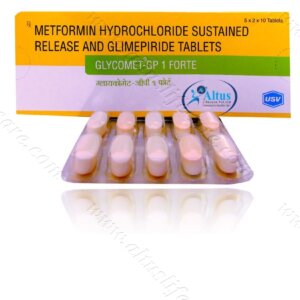
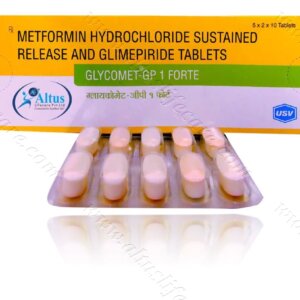
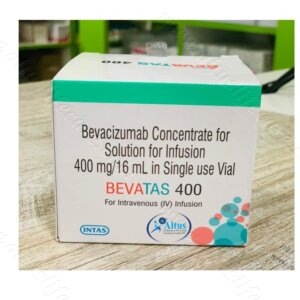
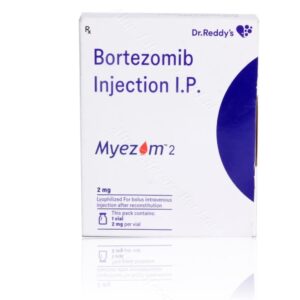


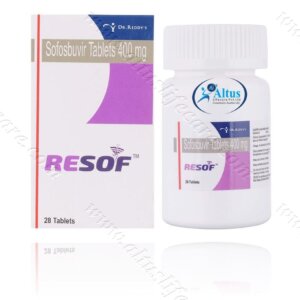
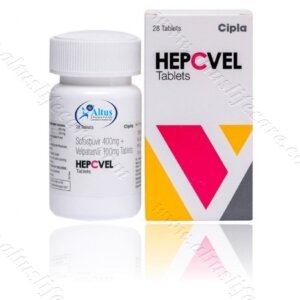
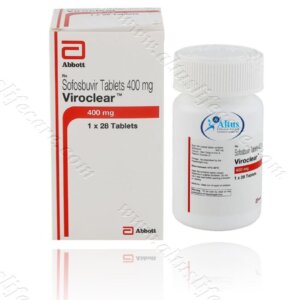


Harlow (verified owner) –
Type 2 diabetes has taught me the value of planning ahead, ensuring I have healthy options readily available.
Briana (verified owner) –
“Fast shipping and unbeatable product quality – a winning combination!”
Jean (verified owner) –
“The product’s quality is unmatched. The packaging was so well thought out, ensuring that it arrived in perfect condition.”